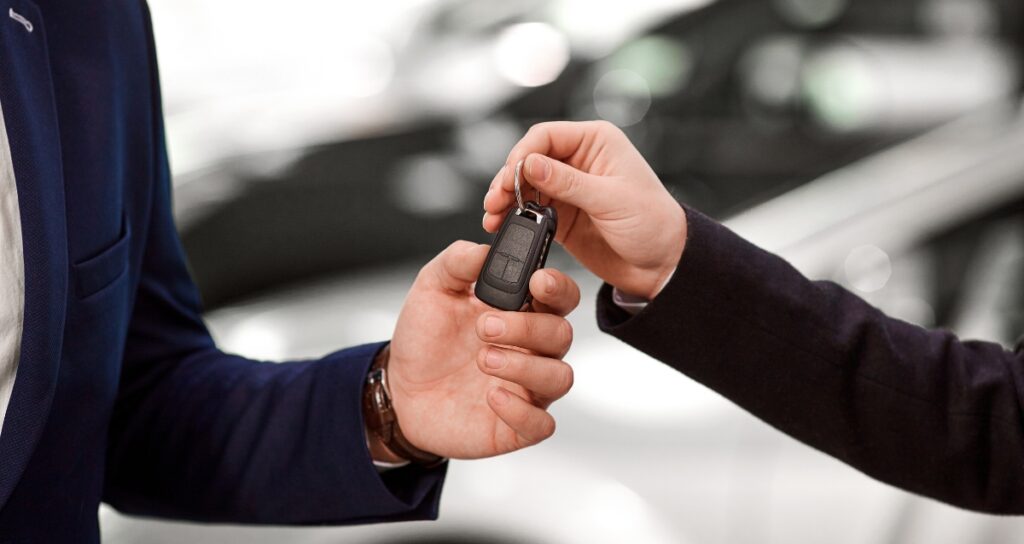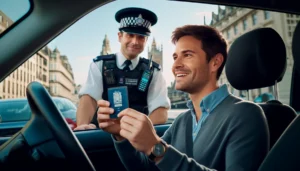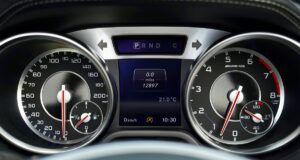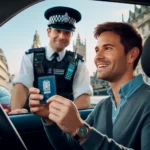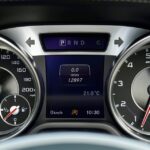When selling your car, you need to have all your paperwork, to help the sale go smoothly: indeed, in some cases, not having all the required documentation could put buyers off, or even stop the sale.
Don’t forget you can now sell your car through Carwow. See how thousands of dealers could be bidding to buy your car. It’s free to use and simple to do. Click SELL MY CAR to get started.
What paperwork do you need to sell a car?
It is possible to sell a car without paperwork, but it can be a huge hassle. An absence of the right documentation will lower the value of your car and put off buyers.
These are the documents you need to make selling your car go more smoothly.
- V5C logbook
- Service history
- MOT certificate history
- Repairs and parts receipts
- Remaining car warranty
- Car owner’s handbook
- Proof of reservation and purchase receipts
- Insurance documents
- Finance settlement letter (if applicable)
- Number plate retention form V317 (if applicable)
V5C logbook
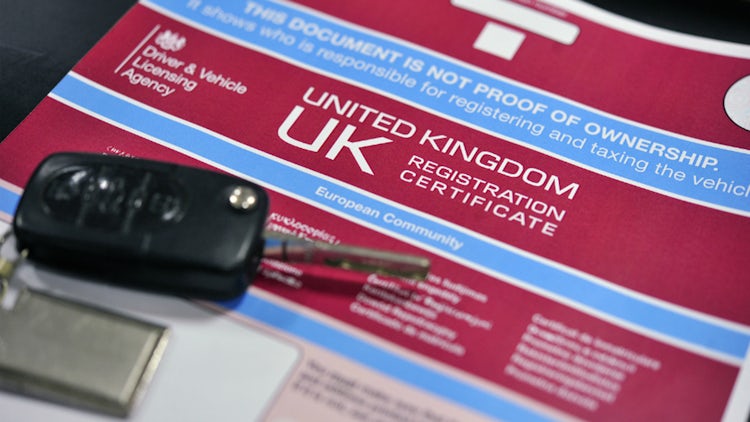
The V5C is commonly known as the vehicle’s logbook. It’s the most important document when selling your car, because it’s how you transfer ownership of the car to the buyer.
How you handle the V5C depends on whether you’re selling the car privately or to a dealer. If you sell privately, fill out section 2 and 6: if you sell it to a dealer, fill out section 4. Dealers will often take the whole V5C document and send it off for you.
If you sell your car privately, you must fill out the relevant sections and post it to the DVLA as soon as possible after the sale. A good incentive is to remember that you’re responsible for any tickets picked up in the vehicle until the DVLA are notified of the change in ownership.
As with most things these days, you can also do it online. Fill out a form on the DVLA’s website to transfer ownership of the car and, once done, the new owner will receive a new V5C through the post, proving the vehicle is now registered in their name.
It is possible to sell your car without the logbook, but it can be complicated and will undoubtedly put a lot of buyers off. However, if you’ve lost your V5C, you can apply for a new one online.
Service history

A complete service history is a significant factor in getting the best price for your car, demonstrating that the vehicle has been cared for and well maintained.
The car’s service book can usually be found in the folder with the owner’s manual. You can tell if the car has been serviced according to the manufacturer schedule by the stamps inside, showing when a service has been carried out. (That’s why it’s always worth checking that the book has been stamped when picking your car up after a service.)
The service book will also record what type of service has been carried out, when it was done and what the car’s mileage was at the time.
You’ll need to hand these documents to the new owner, so they can continue adhering to the car’s service schedule.
MOT certificate history

An MOT is your car’s annual health check, which makes sure it’s roadworthy. Every car over three years old must have an MOT certificate to be legally driven on the road, so prospective buyers will want to see it, along with any outstanding advisories that may need attention.
These days, not having all your car’s paper MOT certificates isn’t too much of an issue, because you can use Carwow’s online MOT history check tool. That said, it never hurts to have hard copies, along with any invoices for advisory work that’s been completed.
Repairs and parts receipts
Whenever you get your car repaired, the garage should give you an invoice detailing all the work that has been done and what parts were used.
This evidence of essential maintenance, and the quality of parts, can help seal the deal when selling your car.
Remaining car warranty
If a warranty is still covering your car, you’ll need to tell the provider that the car has been sold. In most cases, the car’s warranty can be transferred to the new owner, which could help you secure a better price for your car.
If you do transfer the warranty, the new owner will need any related documentation you have.
Number plate retention form (V317)
This one only applies if you have a private number plate that you want to retain for your next car.
You can download a V317 form from the gov.uk website, and there are two options for keeping your plate.
You can either apply to transfer it straight onto a different car, or keep it on a retention document for 10 years if you haven’t yet bought a new car. The fee for both of these is £80.
Simply fill out the form and send it back to the DVLA.
Owner’s manual
The owner’s manual, the instruction book for the car, is usually found in the glovebox. It contains all the information a car’s owner needs to understand the car and its features, along with the car’s specifications for tyre pressure, fluid levels and other maintenance-related items.
Proof of reservation and purchase receipts
It’s rare these days for a buyer to turn up with cash, so after viewing the car they might go away and sort the financing out.
In the meantime, they may leave a holding deposit to secure the car, which you should give them a receipt for, as proof of payment. The receipt should include:
- The seller’s name
- The buyer’s name
- The car’s make, model, registration and VIN (Vehicle Identification Number)
- The amount of the deposit
- The outstanding balance, on collection of the vehicle
- The date of the deposit
- The signatures of the seller and buyer.
You and the buyer should each have a copy of this document, which establishes the agreed price when the buyer returns to collect the car. It also provides the buyer with the peace of mind that the car has been secured.
When the buyer returns to complete the transaction and collect the car, you should fill out another receipt, this time detailing the full amount paid. Again, keep a copy for yourself and give one to the buyer.
Insurance documents
If you’ve ever made a claim on your car insurance, you should include the relevant repair documents to prospective buyers, as this will reassure them that the necessary repairs have been carried out – and that you’re disclosing all the relevant information to them.
After selling your car, remember to inform your insurer that you want to cancel your policy (you may be charged a cancellation fee).
Finance settlement letter
If the car you’re selling is still being paid for as part of a finance agreement, you’ll also need a valid finance settlement letter, showing the final settlement figure and finance company bank details.
Number plate retention form (V317)
This tip only applies if you have a private number plate that you want to transfer to your next car.
Download a V317 form from the gov.uk website, which offers two options for retaining your plate. You can either apply to transfer it straight to a different car, or keep it on a retention document for 10 years if you haven’t yet bought a replacement car. The fee for each of these options is £80. Just fill out the form and send it back to the DVLA.
Sell your car with carwow
If you want a hassle free way to sell your car for the best price, you can get a free quote through carwow.
Simply enter your registration, answer a few questions and upload some photos of your car. You’ll then get prices back from our trusted dealers who will arrange inspection and collection of your. You can just sit back and relax.

